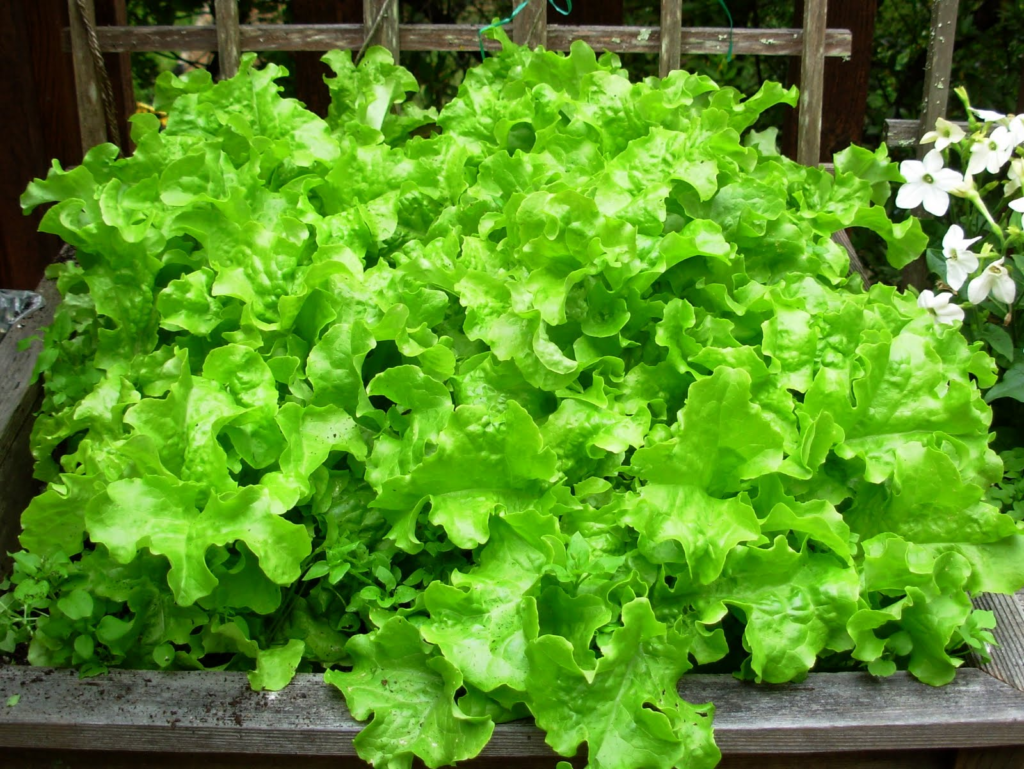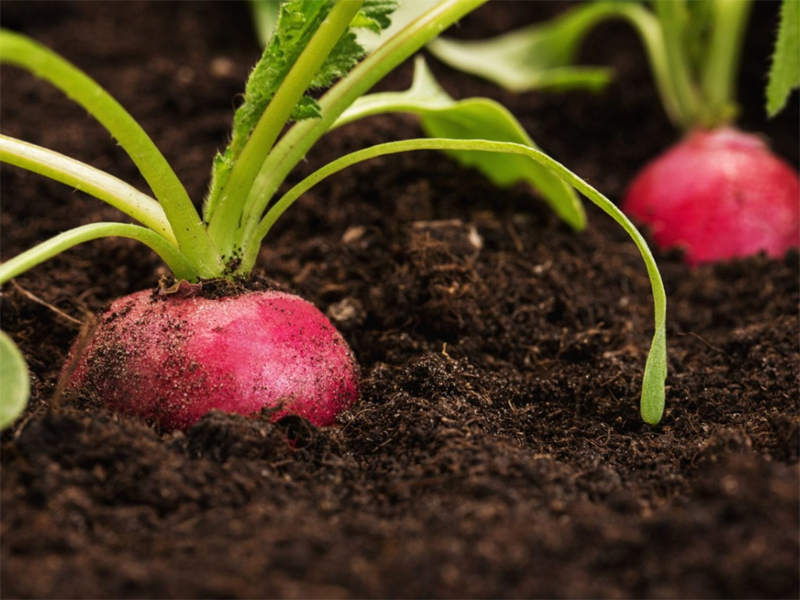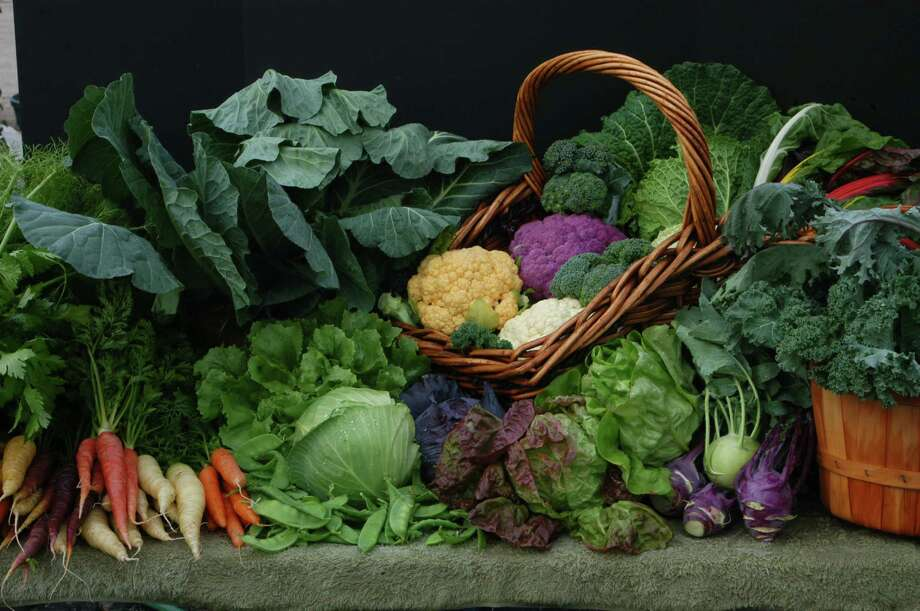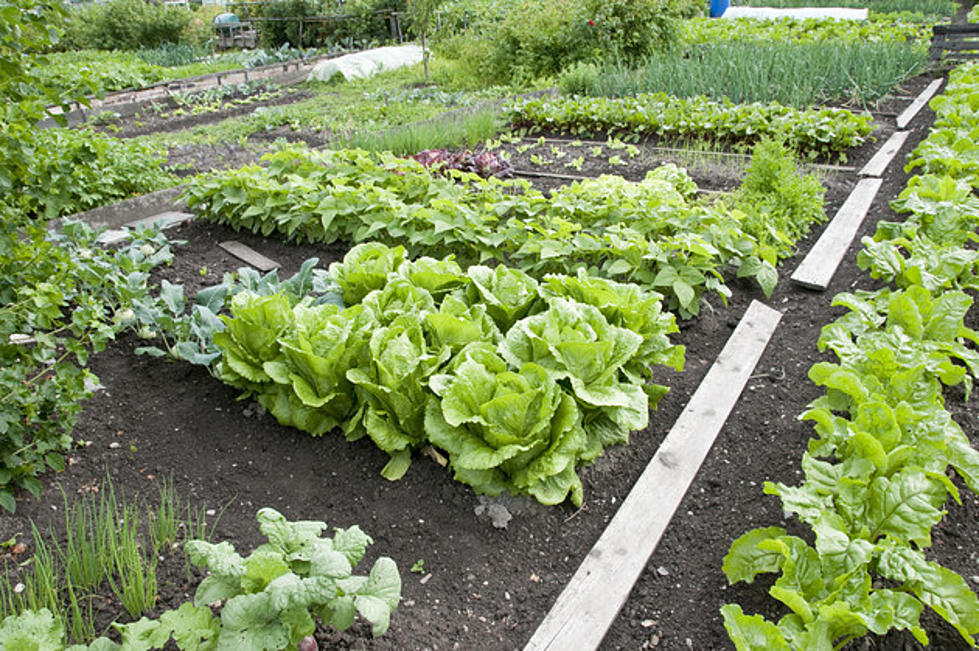February is a great time to start planning and preparing for your garden. With the right seeds, you can have a beautiful and bountiful garden all season long. Here are some of the best garden seeds to grow in February:
- Peas: Peas are a cool-season crop that can be planted as early as February in most regions. They are a great source of protein and can be enjoyed fresh or frozen.
- Radishes: Radishes are another cool-season crop that can be planted in February. They are quick to germinate and mature, making them a great option for a quick harvest. They are also a great addition to salads and sandwiches.
- Lettuce: Lettuce is a cool-season crop that can be planted in February. It is a great option for a quick harvest and can be used in salads, sandwiches, and as a garnish.
- Spinach: Spinach is another cool-season crop that can be planted in February. It is a great source of vitamins and minerals and can be used in salads, sandwiches, and as a cooked green.
- Broccoli: Broccoli is a cool-season crop that can be planted in February. It is a great source of vitamins and minerals and can be enjoyed fresh or frozen.

In addition to these seeds, it’s important to also take into account the specific growing conditions in your area such as frost dates, soil type, and sun exposure when planning your garden.
When it comes to gardening in February, it’s important to consider the specific growing conditions in your region. For example, if you live in an area with a short growing season, you may want to focus on seeds that can be planted and harvested quickly, such as radishes or lettuce. If you live in an area with a longer growing season, you may have more options for planting and can include longer-maturing crops like broccoli or spinach.
You should also keep in mind the soil type and sun exposure in your garden when selecting seeds. For example, peas and broccoli prefer cooler temperatures and well-drained soil, while radishes and lettuce prefer a slightly warmer temperature and well-drained soil. Make sure to research the specific needs of each seed variety before planting.
Growing crops in February can be a bit challenging, depending on the climate and weather conditions in your area. However, with proper planning and preparation, it is possible to have a successful and bountiful garden.

One of the most important things to consider when growing crops in February is the timing of the planting. For many cool-season crops, such as peas, radishes, lettuce, spinach, and broccoli, it’s best to plant the seeds in late winter or early spring, before the last frost date in your area. This allows the plants to establish roots and grow before the warmer summer months arrive.
It’s also important to pay attention to soil conditions when planting in February. The soil should be well-draining and of a consistent texture, to ensure that the seeds can germinate and the young seedlings can establish roots. You may want to amend the soil with compost or other organic matter to improve the fertility and structure of the soil.
Another important aspect to consider is the amount of sunlight the area receives. Some plants like lettuce and spinach prefer partial shade, while others like peas and broccoli require full sun. Make sure to place the plants in an area that will receive the appropriate amount of sunlight.
Finally, it’s important to monitor the weather forecast and be prepared to take action if a frost or freeze is predicted. You may need to cover your plants with blankets or plastic sheeting to protect them from the cold.
Overall, gardening in February requires some extra planning and preparation, but with the right seeds, soil conditions, sun exposure, and frost protection, you can have a successful and bountiful garden.


